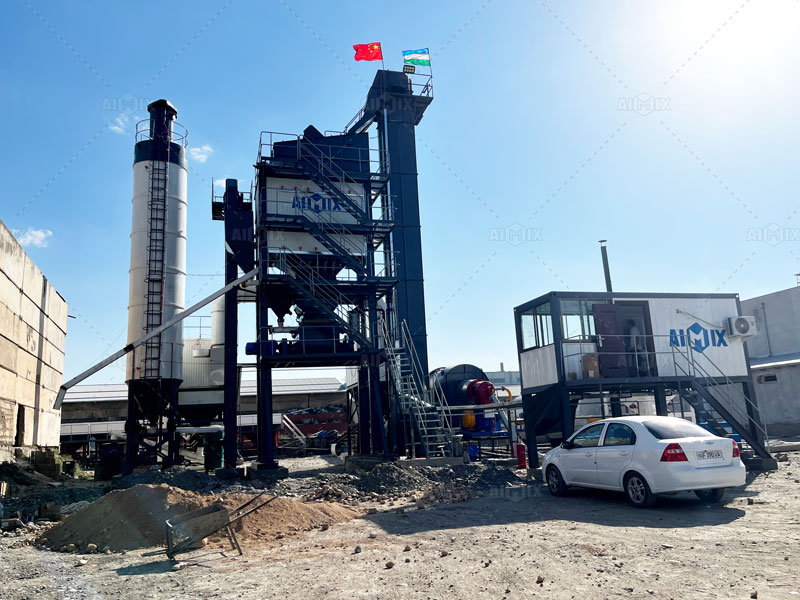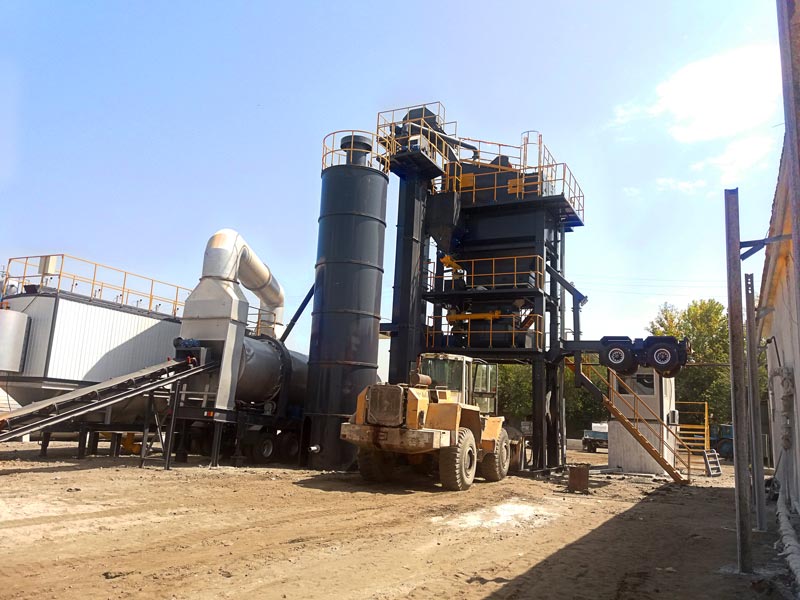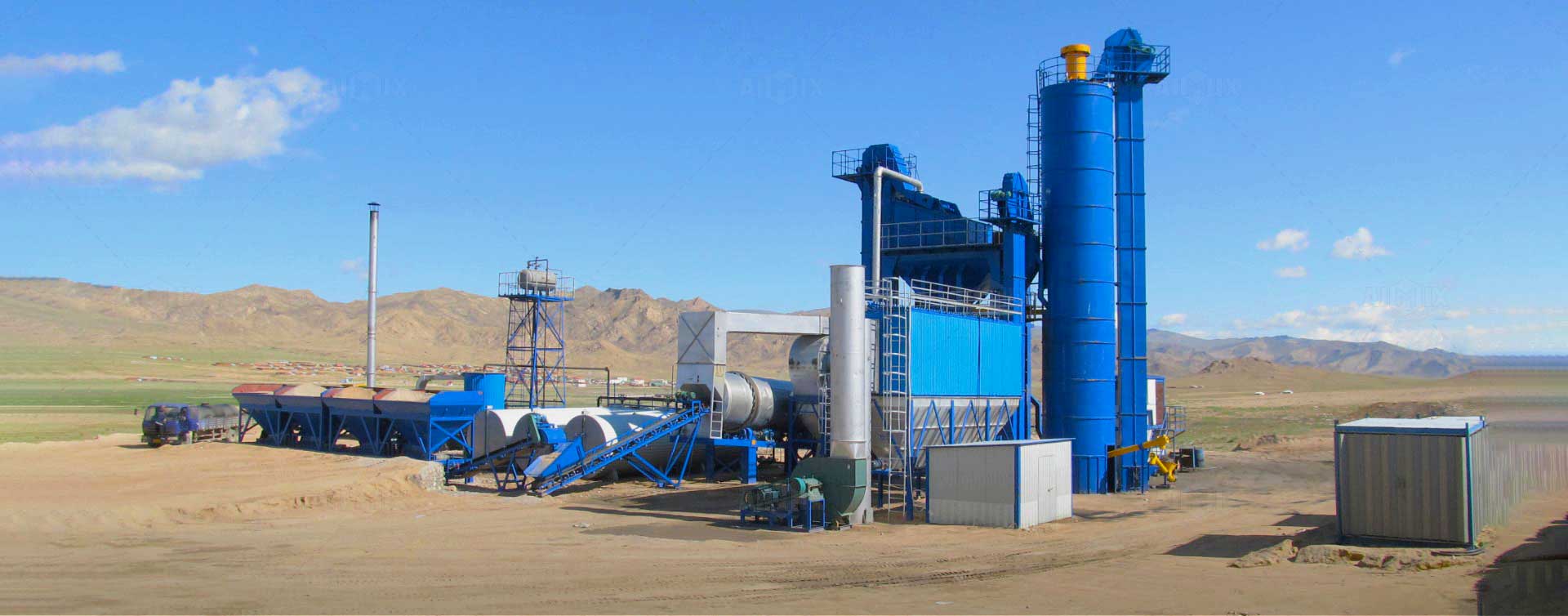Asphalt plants play a critical role in road construction and paving. However, maintaining a consistent discharge temperature is often a challenge. Fluctuations in temperature can affect the quality of the asphalt mix, leading to poor performance and costly repairs. In this article, we will discuss the common causes of unstable discharge temperature in asphalt plants(planta asfaltos) and how to solve this issue effectively.

Understanding the Importance of Discharge Temperature in Asphalt Plants
The discharge temperature of asphalt is crucial to ensure that the mixture is of the right consistency for application. Asphalt must be kept at an optimal temperature for proper compaction and bonding. If the temperature is too low, the mix may become stiff and difficult to work with. On the other hand, if it’s too high, it can lead to unnecessary fumes and a lower quality mix.
Key Factors Affecting Discharge Temperature
Several factors influence the discharge temperature in asphalt plants and mobile asphalt plants(planta de asfalto movil precio), including the type of plant, the mix design, and environmental conditions. Understanding these variables can help identify why the discharge temperature fluctuates and provide solutions to stabilize it.
Common Causes of Unstable Discharge Temperature
1. Inaccurate Burner Settings
One of the primary reasons for unstable discharge temperature is incorrect burner settings. The burner controls the temperature of the asphalt mix by heating the aggregates. If the burner is not calibrated correctly, it can lead to temperature variations in the discharge. This is often caused by improper fuel settings, combustion air supply, or burner efficiency issues.
2. Aggregates with Inconsistent Moisture Content
The moisture content of the aggregates used in the asphalt mix can significantly affect the discharge temperature. Wet aggregates require more energy to heat, which can cause temperature fluctuations. If the moisture content is inconsistent, the burner may overcompensate, leading to unstable discharge temperatures.
3. Inaccurate Temperature Sensors
Temperature sensors are essential for monitoring the discharge temperature. If the sensors are not calibrated properly or are malfunctioning, they may provide incorrect readings, leading to inaccurate temperature control. Regular maintenance and calibration of temperature sensors are necessary to ensure they are functioning correctly.
4. Poor Heat Transfer in the Drum
Asphalt plants use rotating drums to heat the aggregates and mix them with bitumen. If the drum is not functioning efficiently, it can lead to poor heat transfer, which results in uneven heating and unstable discharge temperatures. This issue can arise due to wear and tear on the drum, poor insulation, or incorrect drum rotation speed.

Solutions to Stabilize Discharge Temperature in Asphalt Plants
1. Optimize Burner Settings
To resolve temperature fluctuations, it’s essential to fine-tune the burner settings. Regularly check the fuel consumption, air supply, and flame quality to ensure that the burner is operating efficiently. Upgrading the burner to a more modern and efficient model can also help maintain a consistent temperature in the plant.
2. Control Aggregate Moisture Content
Managing the moisture content of the aggregates is key to stabilizing the discharge temperature. Install moisture measurement equipment to monitor the levels in real time. If the moisture content is too high, drying equipment should be used to remove excess moisture before the aggregates are fed into the drum. Proper storage of aggregates can also prevent moisture accumulation.
3. Calibrate Temperature Sensors Regularly
Temperature sensors should be calibrated and maintained regularly to ensure they provide accurate readings. Routine checks can identify issues before they affect the operation of Aimix asphalt plant. Installing high-quality sensors can also improve the precision of temperature monitoring, helping operators maintain consistent discharge temperatures.
4. Upgrade the Drum for Better Heat Transfer
To improve heat transfer, consider upgrading the drum or improving its insulation. A well-maintained drum ensures that heat is evenly distributed throughout the mix. If the drum shows signs of wear, replacing it with a more efficient model can help stabilize the discharge temperature. Additionally, adjusting the drum rotation speed may also improve heat distribution.
Investing in Advanced Asphalt Plants for Stable Performance
Investing in modern asphalt plant technology can significantly reduce temperature fluctuations. Advanced mobile asphalt plants are designed with precise temperature controls and improved heat transfer systems, ensuring stable performance and consistent discharge temperatures. While the asphalt plant price(planta de asfalto precio) may be higher, the investment often pays off in terms of efficiency and quality.
Mobile Asphalt Plants for Flexibility and Efficiency
Mobile asphalt plants offer the flexibility to move the equipment to different job sites, making them ideal for projects with varying demands. These plants come with advanced features that ensure better control of the discharge temperature. Their mobility and compact design also make them a cost-effective option for small to medium-sized projects.
Conclusion
Unstable discharge temperature is a common challenge in asphalt plants, but it can be addressed with the right solutions. By optimizing burner settings, controlling aggregate moisture content, calibrating temperature sensors, and upgrading the drum, you can significantly reduce temperature fluctuations and improve the quality of your asphalt mix. Whether you are investing in a traditional asphalt plant or a mobile asphalt plant, ensuring consistent discharge temperature will contribute to the efficiency and durability of your projects.

